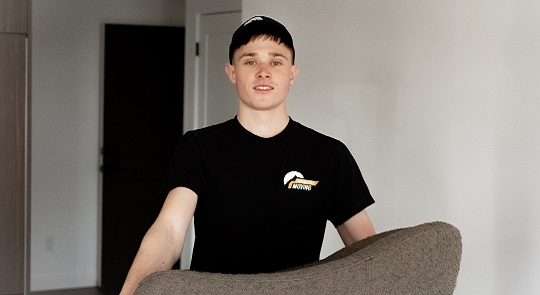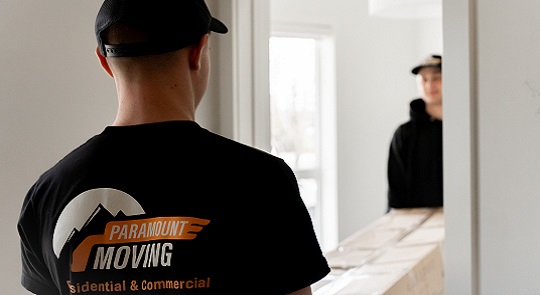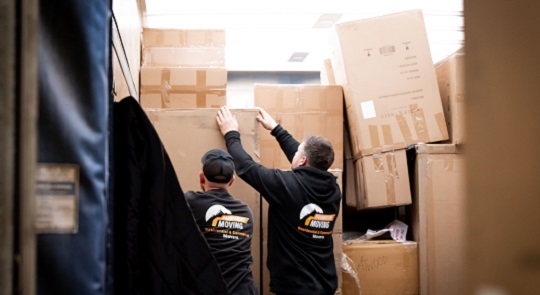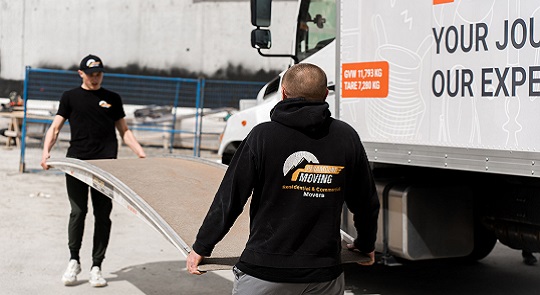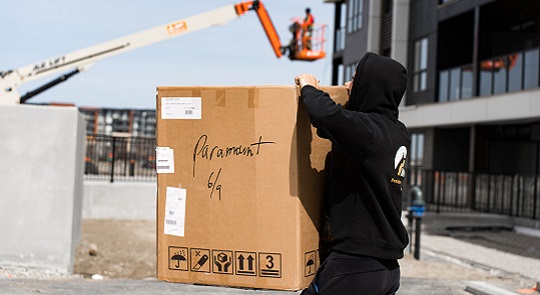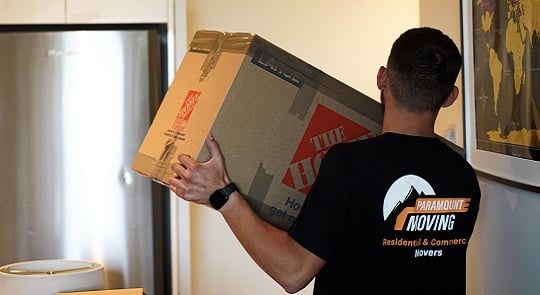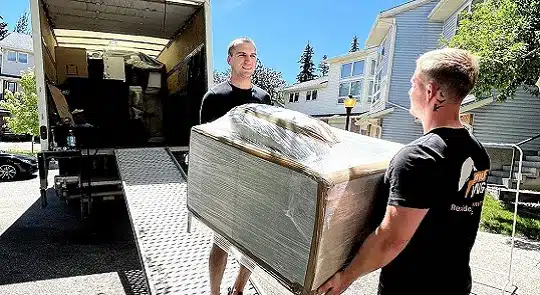Summer is the most popular season for moving, and it’s easy to see why. School vacations, longer daylight hours, and generally better weather conditions make it an ideal time to relocate. However, moving during summer heat comes with its own set of challenges. From skyrocketing temperatures to high demand for movers, being prepared is essential for a smooth transition.
Practical Tips for a Successful Summer Move
Whether you’re moving across Calgary or planning a long-distance move to a new city, here’s how to move in hot weather without the stress. Follow these practical tips for moving in the summer to stay cool, organized, and ready for anything.
-
Book Movers Early
Summer is the peak moving season, meaning reputable moving companies get booked fast. To secure your preferred moving date and avoid last-minute stress, schedule your movers at least 6–8 weeks in advance. Early booking also gives you time to plan logistics without pressure.
-
Start Early in the Morning
The best time to move in summer is during the early morning hours. Temperatures are cooler, traffic is lighter, and your energy levels are higher. Aim to have most of the heavy lifting done before the midday heat sets in, making the day safer and more comfortable for everyone involved.
-
Stay Hydrated and Take Breaks
Moving during summer heat can take a toll on your body. Dehydration and heat exhaustion are serious risks. Keep plenty of water on hand for yourself and the movers. Schedule regular breaks in shaded or air-conditioned areas to cool down and recharge before continuing.
-
Protect Heat-Sensitive Items
Certain belongings like electronics, candles, artwork, and plants are highly sensitive to heat. Pack these items separately and, if possible, transport them in an air-conditioned vehicle. Check with your moving company about how to best handle delicate goods during a hot-weather move.
-
Dress Appropriately
Choosing the right outfit can make a big difference when you’re working in the heat. Wear lightweight, breathable fabrics like cotton or linen, and opt for light-colored clothing. A hat, sunglasses, and sunscreen are also essential to protect yourself from the sun’s harsh rays.
-
Be Mindful of Kids and Pets
Children and pets are particularly vulnerable to high temperatures. Arrange for them to stay with friends, family, or a pet sitter on moving day. If they must be with you, ensure they have plenty of water, snacks, and a cool, safe space to relax away from the chaos.
-
Use Climate-Controlled Storage If Needed
If your move involves storage — whether short-term or long-term — consider renting a climate-controlled unit. This protects your valuables from heat damage, especially important for wooden furniture, electronics, musical instruments, and documents.
-
Prepare Your New Home for Arrival
Before the movers arrive at your new place, make sure the utilities are turned on, particularly the air conditioning. A cool, comfortable environment will make the unloading process much more manageable for everyone.
-
Keep an Essentials Bag
Pack a bag with items you’ll need immediate access to: water bottles, snacks, medications, phone chargers, toiletries, and a change of clothes. Having these essentials within reach means you won’t have to dig through boxes in the heat.
-
Have a Backup Plan for Weather
While summer usually brings sunshine, unexpected thunderstorms can still disrupt your move. Stay flexible with your schedule and have tarps or plastic sheeting on hand to protect your belongings in case of a sudden downpour.
Why Paramount Moving is a Great Choice for Summer Moves
Moving during the summer heat requires careful planning, the right strategies, and a team you can trust. Paramount Moving is Calgary’s expert movers in handling summer moves efficiently and safely. With our experienced crew, flexible scheduling, and commitment to customer satisfaction, we make your residential or commercial move smooth — no matter how high the temperatures climb.
 (403) 371 6578
(403) 371 6578
